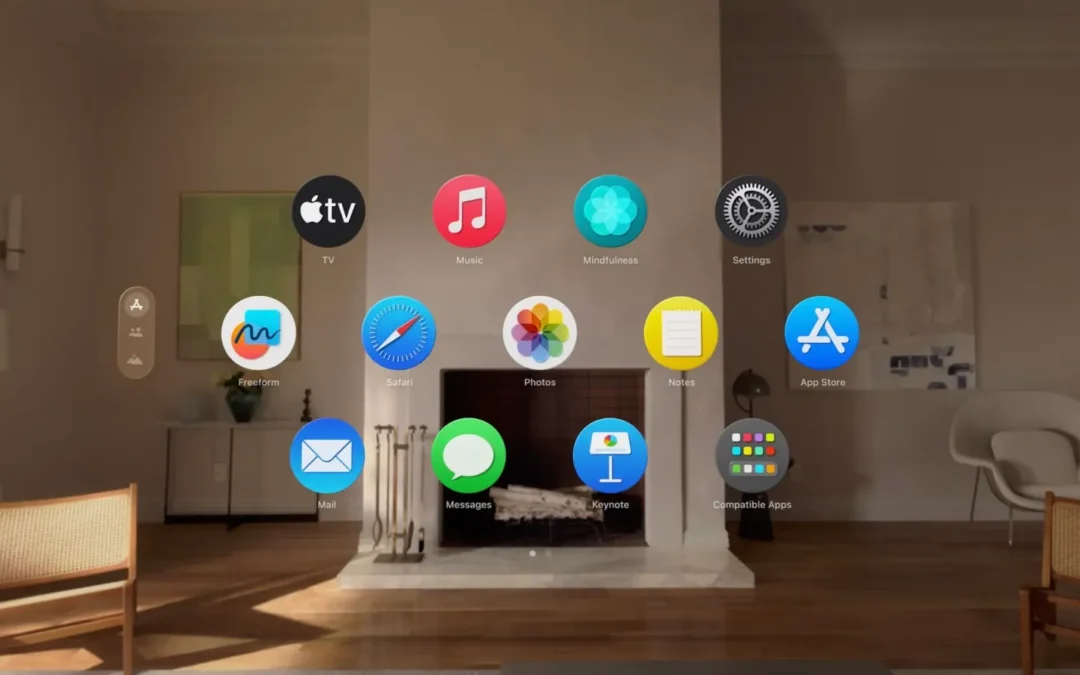
by chrisdofdof | Jan 25, 2024 | Apple
Vision Pro is a powerful and versatile software that allows you to create stunning visual effects, animations, and graphics for your projects. Whether you are a professional designer, animator, or video editor, Vision Pro can help you unleash your creativity and enhance your workflow. In this blog post, we will introduce you to some of the best apps that are made for Vision Pro, and how they can improve your productivity and quality of work.
- Motion: Motion is a motion graphics app that lets you create amazing animations, transitions, titles, and effects for your videos. You can use Motion to design your own custom templates, or choose from hundreds of presets and templates that are compatible with Vision Pro. Motion also integrates seamlessly with Vision Pro, so you can easily import and export your projects between the two apps.
- Pixelmator Pro: Pixelmator Pro is a powerful image editing app that offers a full set of tools for retouching, enhancing, and manipulating your photos. You can use Pixelmator Pro to edit your images in Vision Pro, or export them as layers, masks, or shapes. Pixelmator Pro also supports Vision Pro’s color grading features, so you can adjust the colors and tones of your images with precision and ease.
- Logic Pro: Logic Pro is a professional music production app that lets you create, record, mix, and master your songs. You can use Logic Pro to add soundtracks, sound effects, and voiceovers to your Vision Pro projects. Logic Pro also supports Vision Pro’s audio editing features, so you can sync, trim, fade, and adjust the volume of your audio tracks with accuracy and flexibility.
- Final Cut Pro: Final Cut Pro is a professional video editing app that lets you edit, organize, and deliver your videos with speed and quality. You can use Final Cut Pro to edit your Vision Pro projects or import them as clips, generators, or effects. Final Cut Pro also supports Vision Pro’s video editing features, so you can crop, rotate, stabilize, and transform your videos with ease.
These are just some of the apps that are made for Vision Pro. Many more apps can enhance your Vision Pro experience and help you create amazing visual content. You can find them on the App Store or the Vision Pro website. Try them out today and see what you can do with Vision Pro!
A list of apps built for the Vision Pro
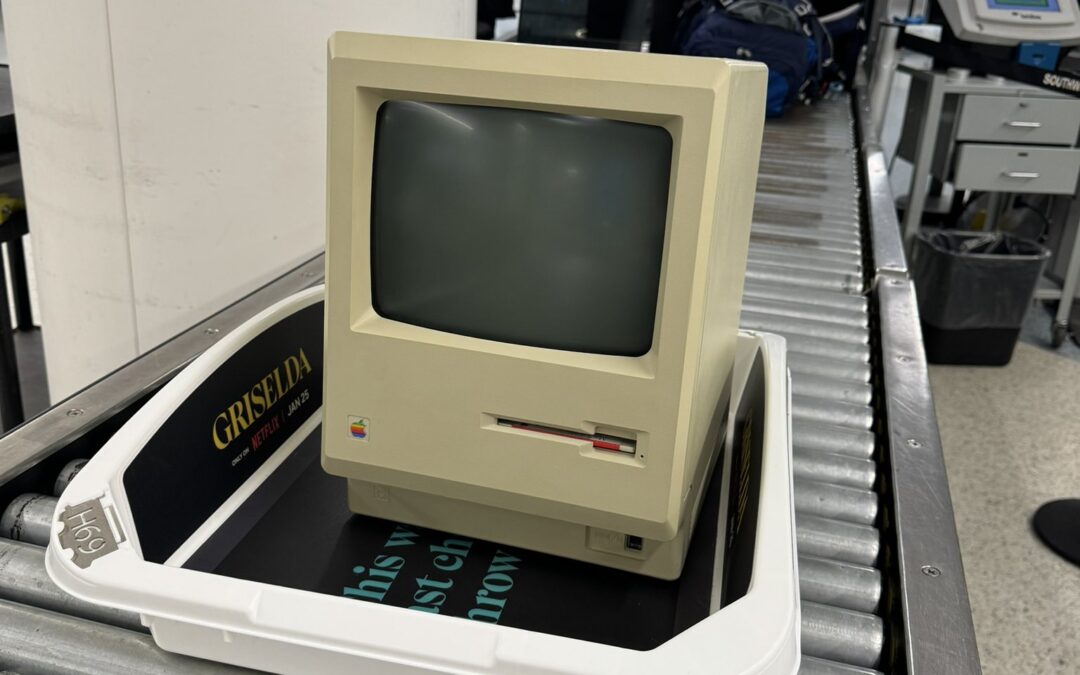
by chrisdofdof | Jan 25, 2024 | Apple
The Macintosh, or Mac, is one of the most iconic and influential products in the history of personal computing. It was introduced by Apple in 1984, and since then, it has gone through many changes and improvements, reflecting the evolution of technology and design. In this blog post, we will take a look at some of the milestones and innovations that have shaped the Mac over the past 40 years.
The original Macintosh
The first Macintosh was launched on January 24, 1984, with a famous Super Bowl commercial directed by Ridley Scott. It was a compact, all-in-one computer with a 9-inch black-and-white display, a built-in floppy disk drive, and a mouse. It had a 7.83 MHz Motorola 68000 processor, 128 KB of RAM, and 64 KB of ROM. It ran the Macintosh System Software, which featured a graphical user interface (GUI) that was intuitive and user-friendly. The Macintosh was designed to be easy to use, affordable, and accessible to the masses.
The Macintosh was a revolutionary product that challenged the dominance of IBM and Microsoft in the PC market. It introduced many features that are now standard in modern computers, such as windows, icons, menus, folders, drag-and-drop, and cut-and-paste. It also popularized the use of the mouse as an input device, which made navigation and interaction much easier than using a keyboard alone.
The Macintosh was not without its flaws, however. It had limited memory and storage capacity, which made it difficult to run multiple applications or handle complex tasks. It also lacked expansion slots and ports, which limited its compatibility with other devices and peripherals. It was also relatively expensive compared to its competitors, costing $2,495 at launch.
Despite these drawbacks, the Macintosh was a commercial success, selling over 70,000 units in its first four months. It also attracted a loyal fan base of creative professionals, educators, and enthusiasts who appreciated its innovative design and functionality.
The Macintosh II
The second generation of the Macintosh was introduced in 1987, with the Macintosh II model. It was a significant upgrade from the original Macintosh, featuring a modular design that allowed users to customize and expand their system with various components and cards. It also had a color display option for the first time, supporting up to 256 colors at a resolution of 640 x 480 pixels. It had a 16 MHz Motorola 68020 processor, 1 MB of RAM (expandable to 68 MB), and 256 KB of ROM. It ran the Macintosh System Software 5.0, which added support for multitasking and virtual memory.
The Macintosh II was aimed at the high-end market, targeting professionals who needed more power and flexibility than the original Macintosh could offer. It was also compatible with more devices and software than its predecessor, thanks to its expansion slots and ports. It could connect to SCSI devices, Ethernet networks, AppleTalk networks, printers, scanners, modems, keyboards, mice, joysticks, speakers, microphones, and more.
The Macintosh II was also very expensive compared to its competitors, costing $3,898 for the base model without a monitor or keyboard. It was also bulky and heavy compared to the compact design of the original Macintosh.
The Macintosh II was followed by several variants and successors over the next few years
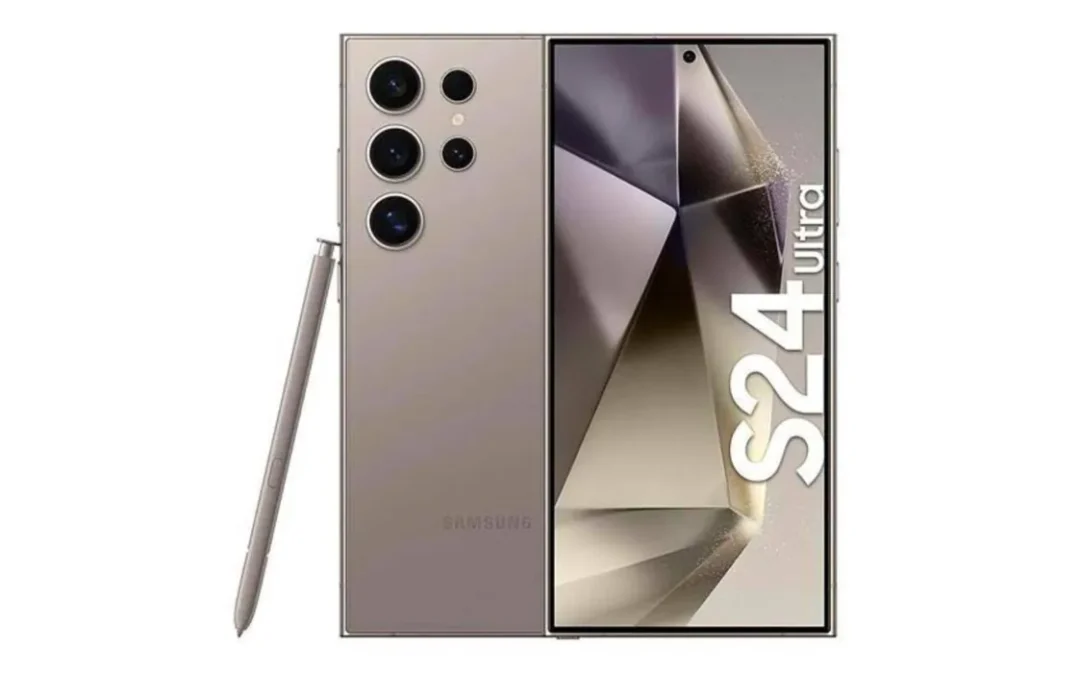
by chrisdofdof | Jan 18, 2024 | Apple
Hello, fellow tech enthusiasts! Today I’m going to talk about a very important topic: the color of your smartphone. Yes, you heard me right. The color of your smartphone matters more than you think. It can affect your mood, your personality, and even your social status. And there’s one color that stands out from the rest: titanium.
Titanium is a sleek, sophisticated, and elegant color that exudes confidence and style. It’s not too flashy, but not too boring either. It’s the perfect balance between cool and warm, modern and classic, simple and refined. But not all titaniums are created equal. There’s a subtle difference between Samsung’s titanium and Apple’s titanium that you need to know.
Samsung’s titanium color is SLIGHTLY warmer than Apple’s. Yes, you read that right. SLIGHTLY warmer. This means that Samsung’s titanium has a hint of gold in it, while Apple’s titanium is more silver. This makes Samsung’s titanium more inviting, more cozy, and more friendly. It also makes it more versatile, as it can match with any outfit or accessory. Apple’s titanium, on the other hand, is more cold, more distant, more aloof. It also makes it more rigid, as it can clash with some colors or styles.
Now, you might be wondering: why does this matter? Well, it matters because your smartphone is an extension of yourself. It reflects your taste, your values, your identity. And you want to make sure that your smartphone sends the right message to the world. Do you want to be seen as a warm, friendly, and approachable person? Or do you want to be seen as a cold, distant, and aloof person? The choice is yours.
But if you ask me, I would go for Samsung’s titanium any day. It’s not only a beautiful color, but also a smart one. It shows that you have an eye for detail, that you appreciate quality, that you know how to have fun. Samsung’s titanium is the color of the future, the color of innovation, the color of happiness. And who doesn’t want that?
So what are you waiting for? Go get yourself a Samsung smartphone in titanium today. You won’t regret it. Trust me.
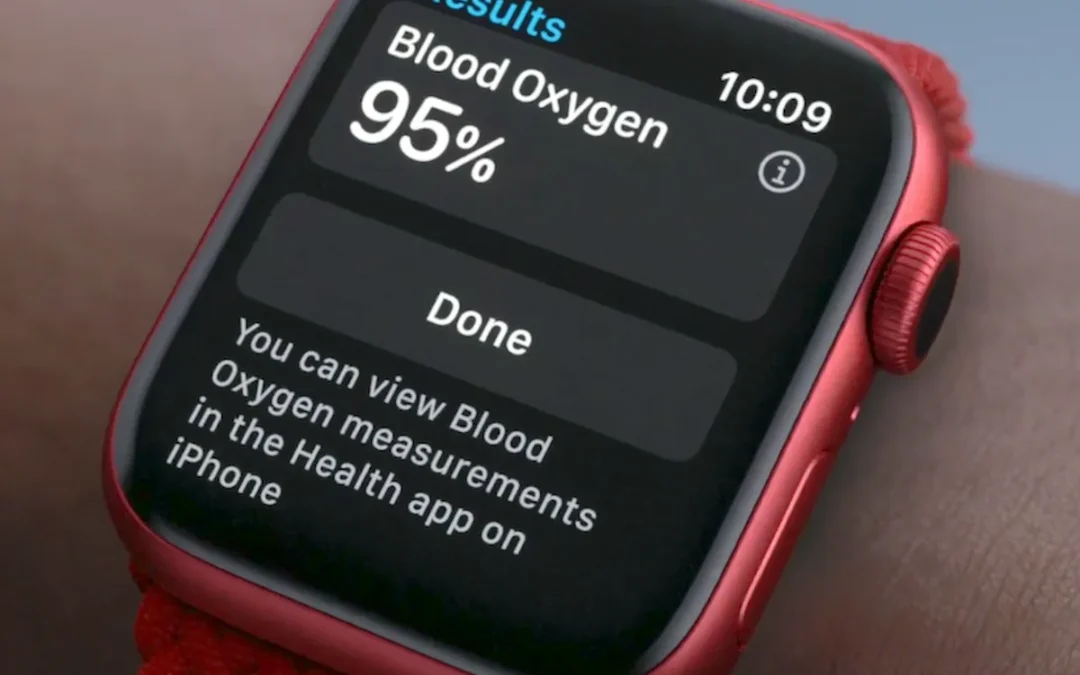
by chrisdofdof | Jan 15, 2024 | Apple
If you are a fan of the Apple watch, you may have noticed that one of the features that was announced with much fanfare last year, the Watch Blood Oxygen app, is no longer available on the latest models. What happened to this app that promised to measure your blood oxygen level and alert you to potential health issues?
The official answer from Apple is that the app was removed due to “technical limitations” and that they are working on a solution to bring it back in the future. However, some experts and users have speculated that there may be other reasons behind this decision.
One possible reason is that the app was not very accurate or reliable. Several tests and reviews have shown that the app often gave inconsistent or erroneous readings, especially when compared to other devices that measure blood oxygen level. Some users also reported that the app failed to work at all or gave them false alarms.
Another possible reason is that the app was not approved by the FDA or other regulatory agencies. Although Apple claimed that the app was not intended for medical purposes, some users may have relied on it for diagnosing or monitoring their health conditions, such as COVID-19, asthma, or sleep apnea. This could expose Apple to legal risks or liabilities if the app caused harm or misled users.
A third possible reason is that the app was not profitable or popular enough for Apple. The app was only available on the Apple Watch Series 6, which had a higher price tag than other models. It also required users to wear the watch snugly on their wrist and keep their arm still for 15 seconds to get a reading. These factors may have deterred some potential buyers or users from using the app.
Whatever the reason, it seems that Apple has decided to remove the Watch Blood Oxygen app from its current lineup of watches, at least for now. Whether they will bring it back in the future remains to be seen. In the meantime, if you are looking for a way to measure your blood oxygen level, you may want to consider other options, such as a pulse oximeter or a smart ring.
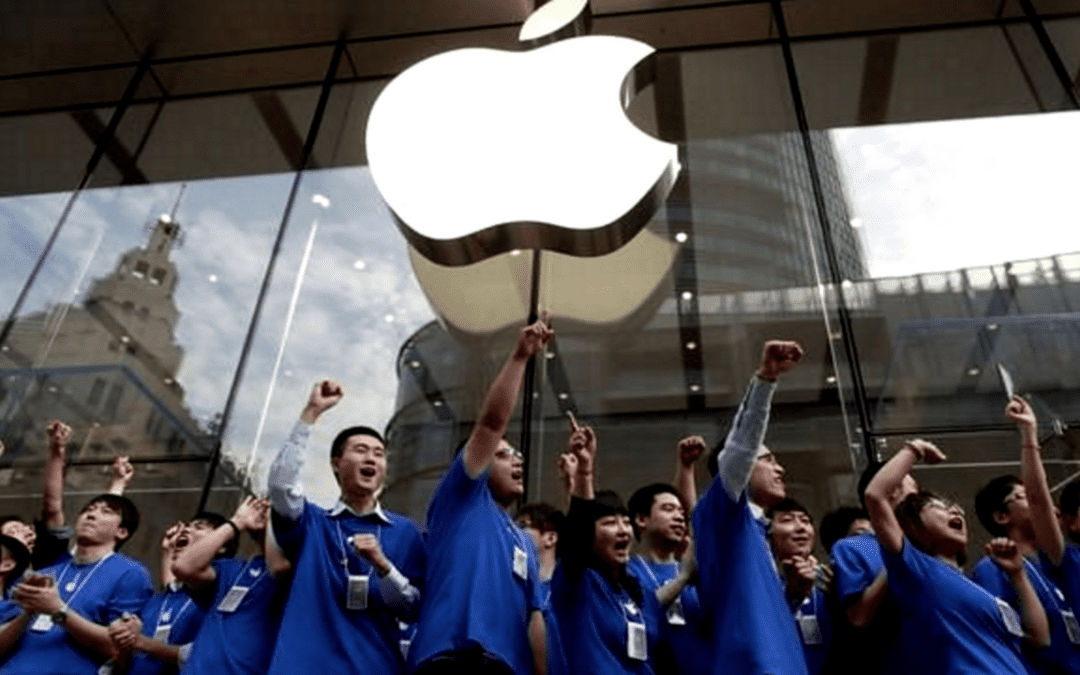
by chrisdofdof | Jan 15, 2024 | Apple
Apple is one of the most successful and profitable tech companies in the world, but it is not immune to the challenges and uncertainties of the global economy. Recently, the company announced that it was cutting some roles within its corporate retail division, which is responsible for the building and upkeep of Apple retail stores around the world.
The news came as a surprise to many, as Apple had not been hit by the wave of layoffs that swept across the tech industry since last year. Big tech peers such as Amazon, Meta, Microsoft and Alphabet have eliminated tens of thousands of jobs in recent months, citing reasons such as overhiring, shifting business priorities, slowing growth and recession fears.
So why is Apple laying off workers now? According to reports, the company is framing the layoffs as a way to improve its store maintenance and operations, rather than as a cost-cutting measure. It is unclear how many people will be affected by the layoffs, but it is likely a very small number compared to Apple’s global workforce of 164,000 employees as of September 2023.
Apple has not revealed any details about which roles or locations will be impacted by the layoffs, but it has given the affected employees until the end of the week to apply for new roles within the company. Apple has also stated that it will continue to hire for certain positions within its retail division, as well as other areas of its business.
Apple’s CEO Tim Cook has previously stated that layoffs are a last resort for the company, and that he will find other ways to manage costs instead of letting go of workers. He has not ruled out the possibility of layoffs entirely, but for now, Apple has managed to avoid them for most of its teams.
Apple’s decision to lay off some workers may seem contradictory to its strong financial performance and reputation as an employer of choice. However, it may also reflect the company’s prudence and adaptability in a changing and competitive market. Apple has not expanded its workforce as quickly as its competitors during the pandemic, avoiding overhiring and overspending. It has also slowed down hiring and spending for some of its teams last year, in response to the overall economic uncertainty.
Apple may also be preparing for future challenges and opportunities, such as launching new products, entering new markets, or facing new regulations. By streamlining its retail division, Apple may be able to focus more on its core products and services, such as the iPhone, iPad, Mac, Apple Watch, AirPods, Apple TV+, Apple Music, iCloud and Apple Pay.
Apple’s layoffs may be unfortunate for those who are affected, but they may not be indicative of a larger problem or trend for the company. Apple may still be one of the most resilient and innovative tech companies in the world, and one of the best places to work for.





